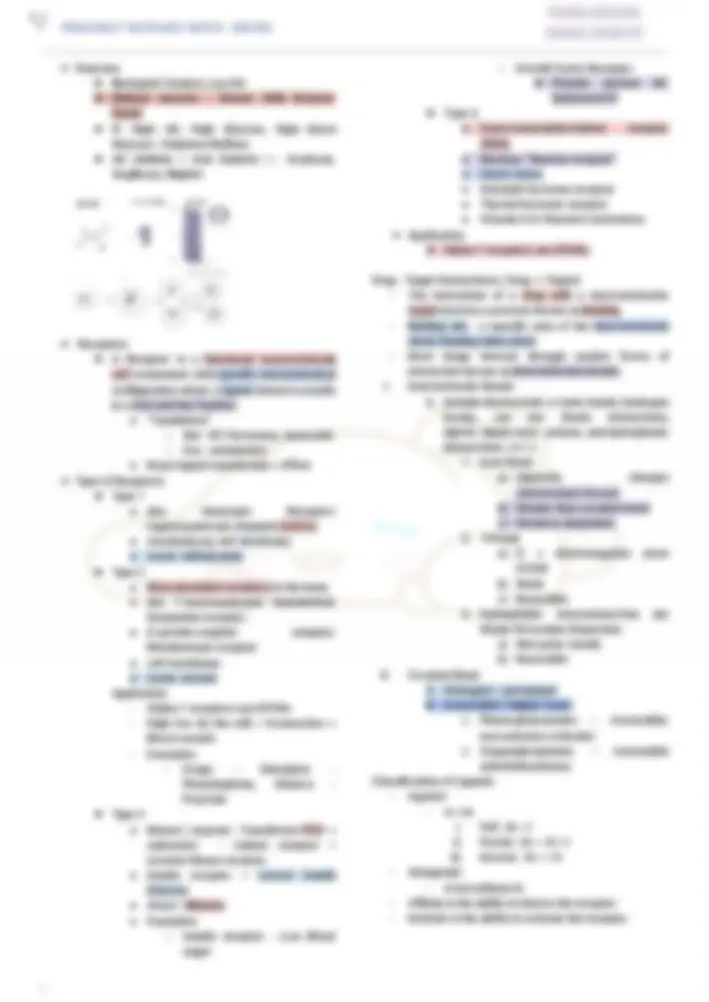



Study with the several resources on Docsity

Earn points by helping other students or get them with a premium plan


Prepare for your exams
Study with the several resources on Docsity

Earn points to download
Earn points by helping other students or get them with a premium plan
Community
Ask the community for help and clear up your study doubts
Discover the best universities in your country according to Docsity users
Free resources
Download our free guides on studying techniques, anxiety management strategies, and thesis advice from Docsity tutors
Medicinal and organic chemistry is a significant subject concerned with the design, synthesis, and investigation of molecules having possible uses in medicine. The material on this site introduces medicinal and organic chemistry, emphasising the relevance of each of these subjects, important principles, and practical applications in a variety of sectors and situations. This topic is critical in both the development of novel medications and the study of chemical mechanisms in organisms that exist.
Typology: Lecture notes
1 / 3

This page cannot be seen from the preview
Don't miss anything!


Module 1 : Introduction to PMOC
Medicinal Chemistry
Liberation ( Drug release) API - Dissolution
● Oral Administration - GIT
Key Concepts
Types of Proteins Targeted by Drugs ( Mitosis Cell ) ➔ Structural Proteins ◆ Cell Movement ◆ Axondin Movement of NT ◆ Inflammatory Cells = Neutrophils ◆ Colchicine = Anti Gout ( High Urate - High Neutrophils) ◆ Ex: tubulins - Polymerize - Microtubules ◆ Case ● Cancer Patient = High Daughter cancer cells -> HIgh Mitosis -> Vincristine and Vinblastine, Paclitaxel : Blocks T and MT ( Anti Cancer) ➔ Transport Proteins ◆ Cell membrane proteins that undergo conformational Changes when substance binds into them ● Conformational : Changes in shape to allow movements of the compounds. ◆ High HCL = hyperacidity ◆ K+ - H Pump ( Proton Inhibitor) ● Found in the Stomach ● Proton Pump Inhibitors - Prazole